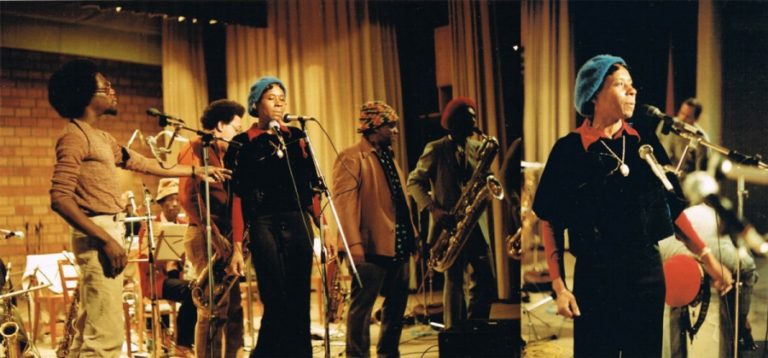
FJR founder, Jordannah Elizabeth’s April 2021 essay for Jazz Journalists Association.
The implementation of feminist theory into the art of jazz criticism is a rational and logical step towards broadening the language and perception of jazz.
For far too long, the voices and gatekeepers of the jazz journalistic realm have embodied the overwhelming dominance of straight, white*, Western, traditionalist males whose navigation through the jazz musical community has resulted in the silencing, diminution, commodification, and cultural appropriation of a Black American art form. White men have dominated the jazz criticism field since the genre’s inception.
White male jazz journalists would argue that the tradition they have overtaken (jazz) has celebrated and supported Black jazz musicians, but this is simply not the case. Not enough has been done in the stretch of nearly a century to address the history of racism, sexism and anti-gay sentiments that plagued early jazz criticism (dominated by white men) and directly combatted the validity and power that jazz musicians had attained through sheer artistic expression, talent and musical innovation.
In her paper “The White Reception of Jazz in America,” (African American Review Vol. 38, No. 1, Spring 2004) Maureen Anderson wrote ”From 1917 to 1930 white America was forced to realize that a new form of music, jazz, rising on radio airwaves and appearing in clubs worldwide, was here to stay. At the same time, articles analyzing, judging, appraising, and condemning jazz flooded into publication . . . Motivated by political and racial concerns, many jazz critics during the Harlem Renaissance publicized their dislike of jazz music in order to express their dislike for African Americans.”
She continues, “In striving to analyze and to understand the concepts of jazz music, white critics often hid behind black stereotypes in order to explain the increased fascination the world had with jazz. As magazines first began to recognize jazz, between 1917 and 1920, critics’ principal aim appeared innocently enough to be asking what, exactly, jazz was. Yet, delving deeper into the language of early articles, one soon discovers that the explanations of jazz are also the signs of aggression by white critics . . .” Continue reading “Feminist Jazz Journalism, Now! Part 3: Speculative Futures & New Jazz Journalism”